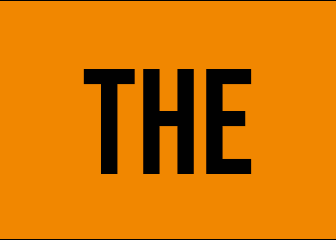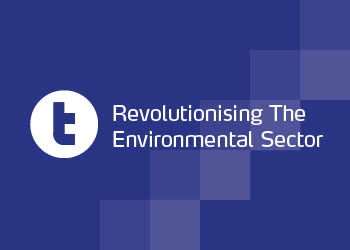Following on from similar analysis for glass, metals and plastic packaging, WRAP with assistance from Valpak has published the material flows for paper & card and wood packaging.
The aim of these reports is to provide Defra with robust and independent estimates of the amount of paper & card and wood packaging placed on the market (POM) and the amount recycled for 2014-2020.
For paper & card, the amount of packaging POM in the UK is higher than previously thought at 4,749k tonnes in 2014, an increase of 862k tonnes from the estimated current figure.
On this basis, the UK recycling rate for paper & card would be 73% in 2014 if this revised figure is used, rather than the current 90% rate.
However, based on the projected growth in accredited recycling, the overall recycling rate for this material is expected to hit 85% by 2020, which would still meet the EU target of 60% by 2020.
Wood packaging POM is also higher than previously thought at 1,310K tonnes in 2014, up 276k tonnes on the previous figure.
This would mean a recycling rate of 31% lower than the current rate of 40%.
Wood recycling is expected to decline to 24% in 2020 meaning it would meet both the Packaging Regulation target of 21.6% up until 2017 and the EU target in the Packaging Directive of 15% by 2020.
On the same day, WRAP has also published the Plastics Spatial Flow report that shows where UK packaging and non-packaging is arising.
Carried out by WRAP and Valpak Consulting for the Department for Business, Energy and Industrial Strategy, the report estimates that 1.1 Mt of plastic was collected for reuse, recycling and recovery in 2013 while also highlighting how much plastic is recovered from different sources (packaging, construction, WEEE etc).
It also shows that 1.9 Mt of plastic is currently going to residual treatment and is not subject to a PFI/PPP contract, meaning it could be used as feedstock for mechanical plastics recycling or polymer cracking technologies.












